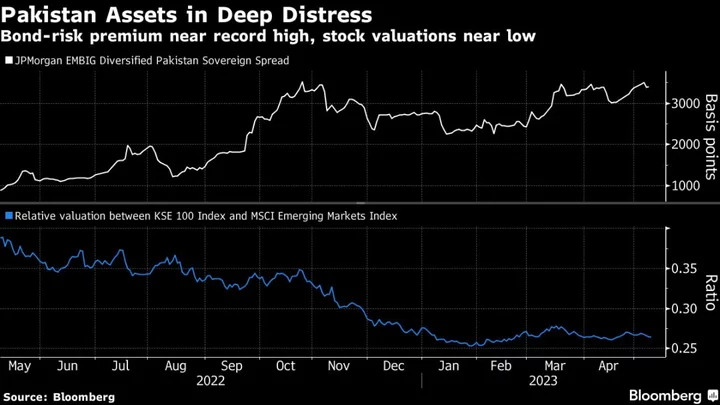By Brigid Riley and Junko Fujita
TOKYO NISA, or the Nippon Individual Savings Account, is a Japanese government tax-free stock investment programme for individuals which is set for a big overhaul in January. NISA aims to turn the trillions of yen held in cash by households into investments in stock markets.
Prime Minister Fumio Kishida has for months flagged this makeover of NISA as part of his "new capitalism" scheme to boost household wealth and asset holdings by helping households invest in riskier assets such as stocks. Yet, for most of its existence, the most popular investment vehicles have been mutual funds tracking U.S. and other global stocks.
MORE ABOUT NISA
Japan launched NISA in 2014, was modeled after the UK's Individual Savings Account (ISA) system.
There are two types of NISA accounts: a general NISA and a tsumitate (savings) NISA.
The general account includes domestic and foreign equities as well as exchange traded funds (ETFs), real estate investment trusts (REITs) and mutual funds. Tsumitate NISA is intended for mutual funds for long-term investment.
Currently, individuals can invest up to 1.2 million yen ($8,020) per year in general NISA accounts, or up to 400,000 yen in tsumitate accounts, and income from those investments is eligible for an exemption from Japan's 20% capital gains tax. The investment quantum and tax exemption is valid for five years for general NISA and 20 years for tsumitate NISA.
HOW IS NISA BEING CHANGED?
From January, general and tsumitate NISA will be changed to a growth and tsumitate framework. The amount that individuals can invest annually will be 3.6 million yen, within which the general NISA limit will be doubled to 2.4 million yen.
Each individual will be allowed to hold a combined total balance of 18 million yen in NISA, which will be tax-exempt permanently.
WHY IS NISA BEING EXPANDED?
Kishida has made NISA the pillar of his vision for a "new form of capitalism," which emphasizes concepts such as better wealth distribution and a virtuous cycle of growth.
In an aging society where more than half of household financial assets are held in cash, Kishida aims to double household income from investments and help individuals rely less on public pension funds.
Japanese households held a record 2,115 trillion yen in financial assets as of June, up 4.6% from a year earlier, according to the Bank of Japan. More than half was held in cash.
WHO INVESTS IN NISA?
The number of NISA accounts stood at 19.4 million as of June this year, according to the FSA, up from 7.27 million in June 2014.
Of the total accounts, people in their 40s accounted for 18.9%, the biggest portion this year, with those in their 50s accounting for 18%. Those in their 80s took up 6.7% of the total.
WHAT ARE THEY BUYING?
NISA account holders have spent 32.8 trillion yen since 2014 and until June buying stocks and other financial products, according to the FSA. This year alone, they spent 2.7 trillion yen.
The most popular products are investment trusts, with people buying 19 trillion yen of them so far, or 58.8% of the total, followed by individual stocks worth 12.4 trillion yen, or 38%.
They have bought 793 billion yen worth of ETFs and 239 billion yen worth of REITs.
Most analyst estimates show the money has gone primarily into U.S. equity funds and U.S. single stocks.
($1 = 149.6200 yen)
(Reporting by Brigid Riley and Junko Fujita; Editing by Vidya Ranganathan)









